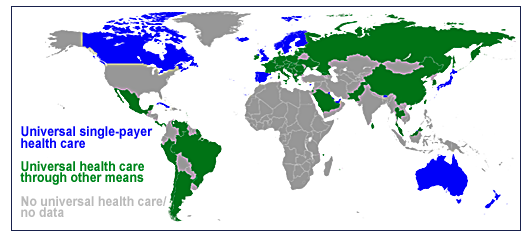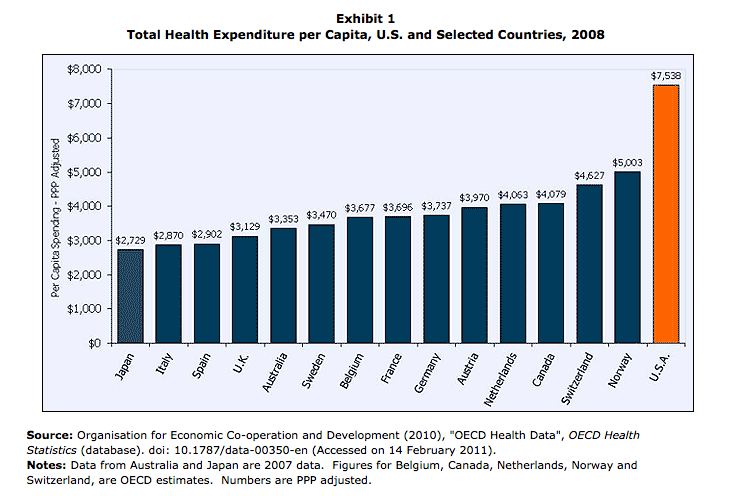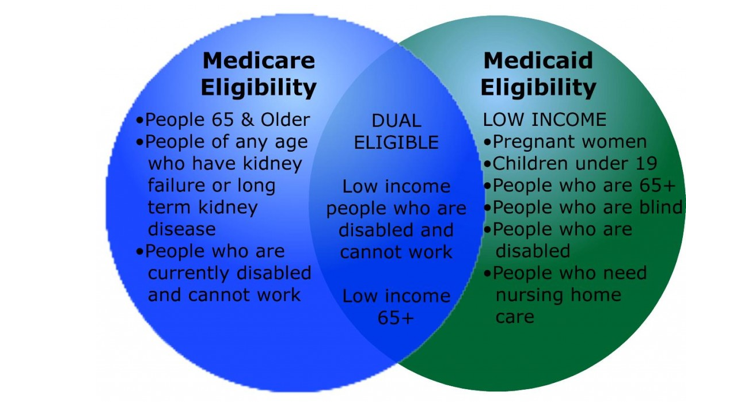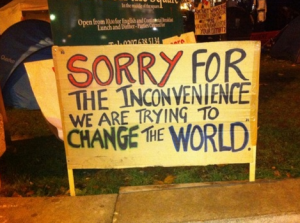The Universal Declaration of Human Rights was adopted by the United Nations in 1948 in the wake of World War II. This document has since been the international standard to which nations are held when it comes to the rights and the livelihood of citizens everywhere. The document represents the most basic, principle, human rights. Under article 25, the right to “medical care and necessary social services” is outlined. This is the foundation on which universal health care stands in thirty-two of the thirty-three “industrialized nations”, according to the WHO. The only industrialized country remaining has been the United States of America.
INTRODUCTION:
It is important to understand the very bare bones of the health care situation when it comes to the United States. It is often repeated on television and in print that we have “the best health care in the world”. While we certainly have advanced when it comes to medical technology and the care we CAN provide, our country is behind other nations in terms of care we DO provide. This distinction is important to understand before continuing on in a discussion about our health care policy.
As Americans we have a lower life expectancy than forty-nine other countries. We are sicker, fatter, and more dependent on specialty care than other industrialized nations. We have a harder time paying our medical bills. Yet, as a society we are more likely to report that we are better than other nations in all of these areas. Yes, we rank highly in lives saved from cancer, stroke, and heart attacks. Yes, we have hospitals that do not turn people away because of inability to pay. Because of a lack of unification, and frankly organization, in our health care system, we have far surpassed all other countries in costs for this care. (See data from Kaiser Family Foundation below).
So what do we do? How do we control our health care costs, get our health under control, and make sure that all of our citizens are granted their basic human right to medical care?
Google some of these questions, and you will be lost for hours in responses from all corners of the imagination. I encourage you to refrain from considering yourself educated on the topic of health care if your only sources have been the news, and opinion websites. There are many great books, some even available on the iPad and Kindle, that explain health policy in our country, and others, in terms that are easy to understand. These resources present principle and basic information on how health policy works now and how the new reform is designed to work in the future.
I have adapted information from these resources, and my graduate classes on public policy, into what I hope is an easy to read and understand format. Believe it or not, in addition to other health policy coursework, I have read a large majority of the Affordable Care Act. I implore each and every one of you to read more from my sources, and to keep your thoughts about health care in check with more direct information . Please keep in mind that the following information is not my opinion, or anyone’s opinion for that matter.
How the United States Health Care System Works:
Improving medical care in our nation has been a topic of interest and discussion at a national level for decades. It is important to understand that recent proposals, changes, and arguments are by no means “new” and that discussions like this have been going on in our country for years. Medicaid and Medicare were passed in 1965 under President Johnson, and came after many attempts by prior presidents to create legislation for healthcare on a national level.
Here is brief timeline of what has happened since:
- In its early stages, Medicaid and Medicare pertained only to certain disabled and poor individuals
- President Nixon was in favor of a version of universal health care. He wanted federal mandates to require employers to cover all workers. Unfortunately, we all know why his presidency was less than successful.
- President Carter actually wanted to replace Medicaid and Medicare with a national plan titled “HealthCare”. This plan centered around cost control plans for hospitals and physicians, and ultimately Carter’s emphasis on cost control element plan left the actual reform aspect weak, and the legislation never made it past the House.
- In the early 1990’s president Clinton brought health reform back to center stage as he proposed steps towards universal coverage. His plans did not make it through congress.
- The next president to address the need for national health reform was President Barack Obama
John McDonough raises a very important point in his book Inside National Health Reform: While other industrialized and advanced nations were coming up with successful public coverage plans, the US was building a private insurance market with an emphasis on employer-based plans. The number of uninsured Americans has grown every year, and by 2010 50.7 million Americans did not have health coverage.
Clearly there are many problems with health care coverage in the US. Too many people are without insurance, too many people lack access to adequate care, emergency rooms are over run with addressing primary care needs of the uninsured, the cost of providing health care continues to rise, as the number of sick, unhealthy Americans who need or will need care in the future.
Here is a summary of how things have worked up until now. Please feel free to click on any external links and read about more details:
Existing Public Programs:
These programs cover children from low-income families, Americans with disabilities, senior citizens, almost half of those who are living with HIV/AIDS, and more than half of nursing home residents. There are many critics of how well these programs actually function, but there is not argument about how many people in this country are benefitting from them—who would otherwise not receive coverage.
Medicaid (includes CHIP): Currently covers about 60.5 Americans and children
- 50% of enrolls are children.
- 25% are parents of these children.
- 15% are low-income disabled persons.
- 10% are low-income seniors.
The federal government pays for over half of the costs of this program, but the rest is left to the states. The nature of those served by Medicaid makes the program one of public welfare, which has been considered a state responsibility.
Medicare: Currently covers about 47 million Americans
Has four parts:
A-Hospital Insurance: financed by part of the Social Security tax. Pays for hospital stays, nursing care, and hospice care.
B-Medical insurance: Financed by montly premiums of enrolles and the US Treasury. Pays for doctors, medical services and supplies, and outpatient care.
C- Medicare + Choice: paid for by US Centers for Medicare and Medicaid. Allows enrollees to receive medical care through private insurers or providers who participate in the program.
D- Prescription drugs: Paid for by monthly enrollee premiums and the US Treasury. Covers prescription drugs offered under private plans under contract with Medicare.
This program is 100% the financial responsibility of the federal government, unlike Medicaid.
SUMMARY:
Non-Goverment Insurers:
Private Coverage:
Blue Cross/Blue Shield
Commercial Insurance:
Aetna, Humana…
The new (and upcoming) changes to public programs:
The most important part of understanding the changes to Medicare and Medicaid is knowing whether or not the state you live in has chosen to go through with Medicaid Expansion. Find out the status of your state here: http://www.advisory.com/Daily-Briefing/2012/11/09/MedicaidMap
Coming Soon:
The Exchange





Pingback: A Calm in the Storm..something to think about | Courtney's Conversations